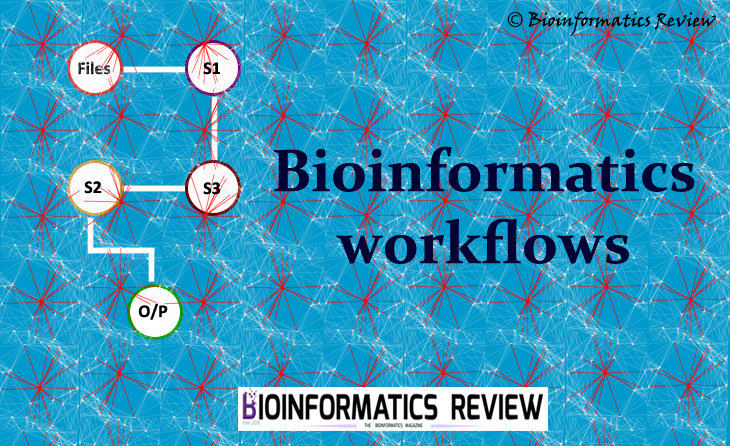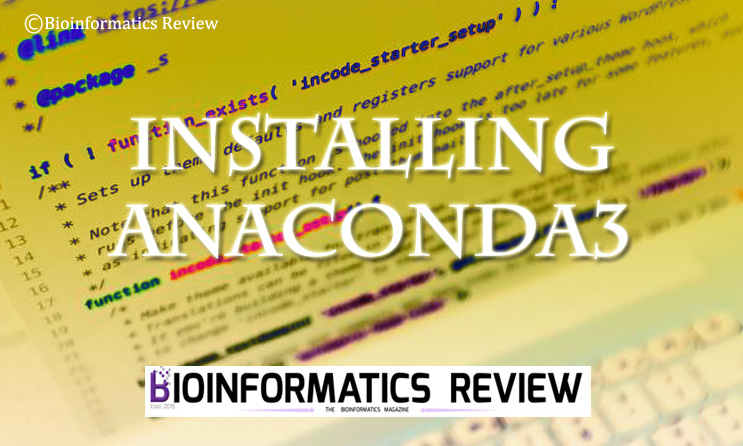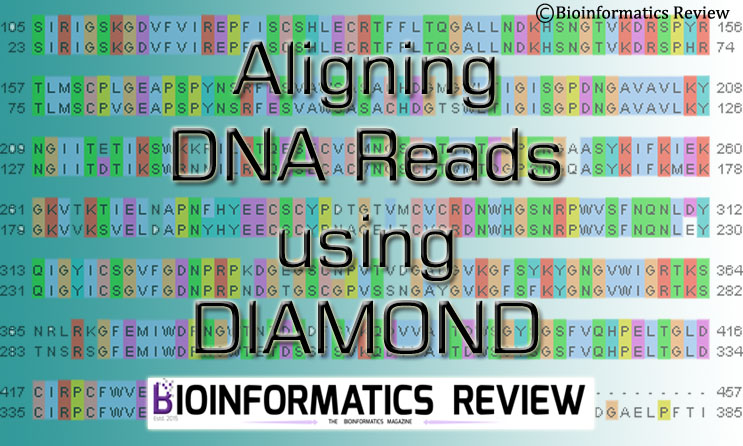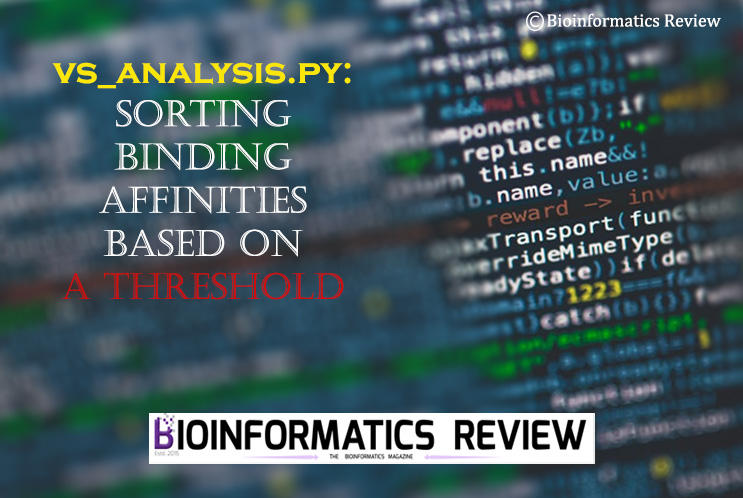Bioinformatics analyses have become long and difficult as it involves a large number of steps implemented for data processing. Bioinformatics pipelines are developed to make this process easier, which on one hand automate a specific analysis, while on the other hand, are still limited for investigative analyses requiring changes to the parameters used in the process.
In order to facilitate bioinformatics analyses, several computational automated platforms have been developed to generate pipelines which can search and link computational tools and software. These include Taverna, GenePattern, and Galaxy [1-3].
Recently, Chen & Chang [4] has developed a knowledge-base called Bioinformatics ExperT SYstem (BETSY) which is a backward-chaining rule-based expert system consisting of an inference engine to produce workflows.
A backward-chaining expert system consists of a knowledge base of rules, which works backward from the goal meaning a set of inputs called antecedents is converted into a set of output called consequences, and then corresponds to a software. Later, the inference engine reasons on the rules until it finds one with a consequent which matches a desired goal/output, and then finally generates a workflow.
The BETSY provides a command-line interface and available at https://github.com/jefftc/changlab [4]. A user first searches in the knowledge base for desired output and then BETSY develops an initial workflow to produce that data which is later examined by the user. The user can optimize the parameters, the algorithm to preprocess the data, and normalize it depending on the task.
Currently, BETSY consists of modules required for the microarray and next-generation sequencing data [4] such as expression analysis, classification, peak calling, and visualization [4].
For further reading, click here.
References
- Oinn, T., Addis, M., Ferris, J., Marvin, D., Senger, M., Greenwood, M., … & Li, P. (2004). Taverna: a tool for the composition and enactment of bioinformatics workflows. Bioinformatics, 20(17), 3045-3054.
- Reich, M., Liefeld, T., Gould, J., Lerner, J., Tamayo, P., & Mesirov, J. P. (2006). GenePattern 2.0. Nature genetics, 38(5), 500.
- Goecks, J., Nekrutenko, A., & Taylor, J. (2010). Galaxy: a comprehensive approach for supporting accessible, reproducible, and transparent computational research in the life sciences. Genome biology, 11(8), R86.
- Chen, X., & Chang, J. T. (2017). Planning bioinformatics workflows using an expert system. Bioinformatics, 33(8), 1210-1215.









